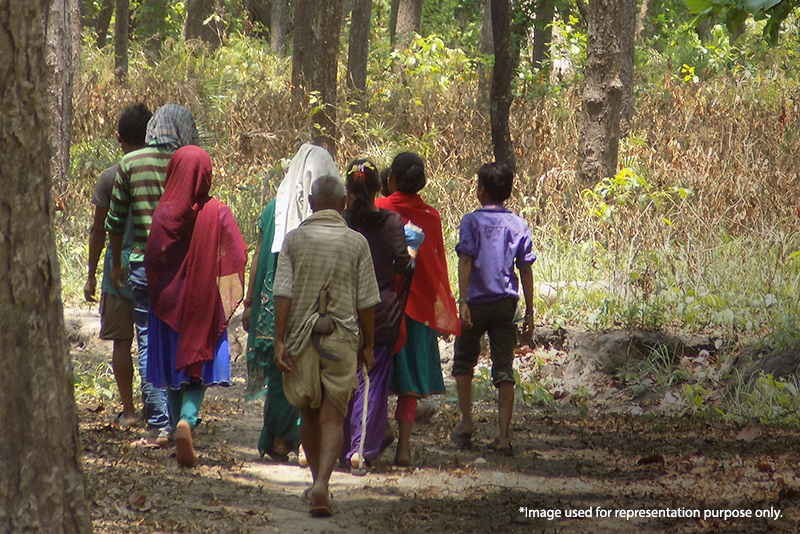
8 ways to empower children
Every child deserves the chance to dream, learn, and grow in a safe and nurturing environment. However, for millions of children in the underserv....
Read More
India’s 2011 Census recorded 453 million internal migrants in India, forming a significant 37% of the total population. One out of every five migrants is a child, resulting in an estimated 92.95 million migrant children. Seasonal migration usually involves labour migrants leaving their home village at specific periods of the year, to regions with a higher demand for labour typically in industries or agriculture for work.
Children whose parents migrate either accompany them to work sites or stay back in the home village, left behind without one or both parents. The generally fixed nature of the schooling system makes it difficult for children who accompany their parents to continue their education during their movement. This results in the children missing regular schooling for prolonged periods of time. Schools do not provide any training, bridge courses or support to these children to overcome the loss in educational gains. The children also end up repeating the same classes multiple times, which proves to be a significant roadblock in their educational progress. Children left behind by migrant parents have less supervision and academic support resulting in a less conducive learning environment at home.
While the impact of seasonal migration on the children left behind hasn’t been explored extensively in India, we at CRY UK with the support of our partner in 18 villages of Uttar Pradesh work to promote the importance of education amongst parents and communities and improve the quality of education through child-friendly teaching techniques and encouraging parental involvement in children’s schooling. The team conducts parent counselling, activities through children adolescent centers, enrolling children in school and working with various stakeholders to improve the infrastructure of schools.
Support CRY UK and help us provide quality education to children who are at risk of migration in India. Donate today!